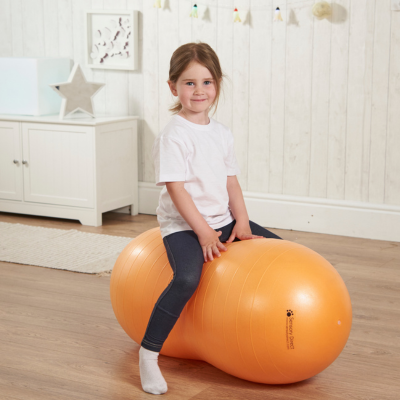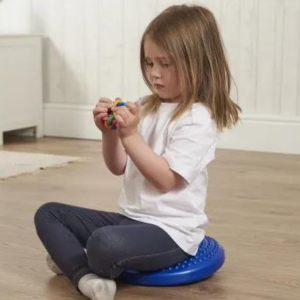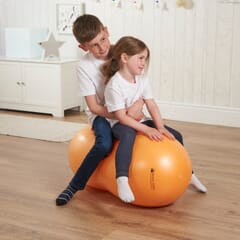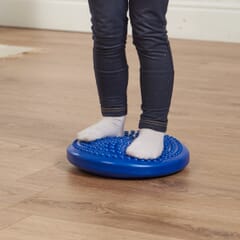Get exclusive deals you won't find anywhere else straight to your inbox.

How To Combat Low Muscle Tone In Autistic Children
6 Strategies to combat low muscle tone in autistic children
In this blog post we will give you some ideas how to improve low muscle tone in autistic children.
Some individuals with autism or Asperger’s Syndrome suffer from low muscle tone which can sometimes be diagnosed as Hypotonia.
Muscle tone is the amount of tension or resistance to stretch in a muscle. Someone with low muscle tone may appear “floppy” and have trouble coordinating their limbs.
Other signs are delayed motor skills, speech difficulties and clumsiness as well as poor reflexes. Furthermore, other signs are bad body posture, low strength, decreased attention span and a resistance to physical activity.
Children and young adults with low muscle tone may appear lazy and determined to avoid physical activity because they find it exhausting and difficult.
However keeping active and improving muscle tone is vitally important to improve balance, co-ordination and confidence.
Poor control of the muscles can have a significant impact on an individual’s ability to perform everyday tasks, so here are some strategies that can help:
Seating
Children with low muscle tone will find it difficult to sit in one position for a long time as they will begin to slouch or slump forward.
Therefore seating is one of the most important aspects of helping someone who has low muscle tone.
A wedge cushion can be used in school or at home to help a child improve their seating posture.
The wedge encourages the child to engage their core when sitting (sometimes referred to as “active sitting”), building muscle tone and promoting a better sitting position.
This has the knock on effect of improving concentration and focus in the classroom. A wobble stool can also be used to build muscle tone.
This is a stool with a domed base making it slightly unstable when sat on. The sitter has to engage their core to remain upright on the stool, therefore building tone and body awareness.
Body Awareness
Poor awareness of the body and limbs is a sign of low muscle tone and leads to poor coordination and delayed fine and gross motor skills.
Improving body awareness is important in building confidence in children and doing this through play is a good way to help this.
For example muscle tone can be improved by having fun by balancing.
Activities such as the bodysock are also a low cost and convenient way for children to work their limbs and improve body awareness in relation to it’s surroundings. It’s fun too!
Children can improve balance and gross motor skills by standing on a wobble cushion.
Posture
Maintaining a good posture whilst standing or sitting can help enhance wellbeing and quality of life.
Ask the child to look in the mirror and point out where the centre of their body is. Also ask them if their ears are over their shoulders and their shoulders are over their hips.
For sitting, use a peanut therapy ball to practise a correct sitting posture with the back straight and upper legs parallel to the floor. This will build back and core strength.
The peanut ball shape is more stable than a conventional therapy ball and so builds confidence.
Now ask them to close their eyes, move them around and then see if they can find that good posture position again.
Vibration & Brushing
Vibration can be beneficial to those with low muscle tone to stimulate the body. Use a massage cushion on the back and affected areas to encourage the muscles to contract.
Brushing with a specialist sensory brush also stimulates the body or use sensory massage tools to wake up sleepy muscles.
Exercise
Most people with low muscle tone avoid exercise, so it’s important to keep the body in shape and to keep as fit as possible.
Activities which are also fun are best, so encourage things such as cycling, climbing, hiking, dancing, gymnastics and trampolining etc.
Any exercise that keeps the body and muscles engaged should be encouraged as much as possible.
Heavy Work
Household chores and regular work around the classroom provide realistic opportunities for using muscles that otherwise prefer to rest.
Specialist equipment such as wrist weights and weighted toys can also help to exercise the muscles and build tone.
By engaging with the above ideas, it is possible to combat low muscle tone in autistic children, as well as improving general physical and mental wellbeing.






